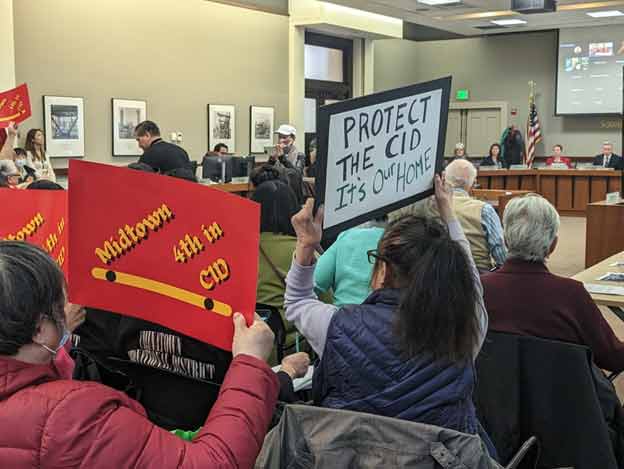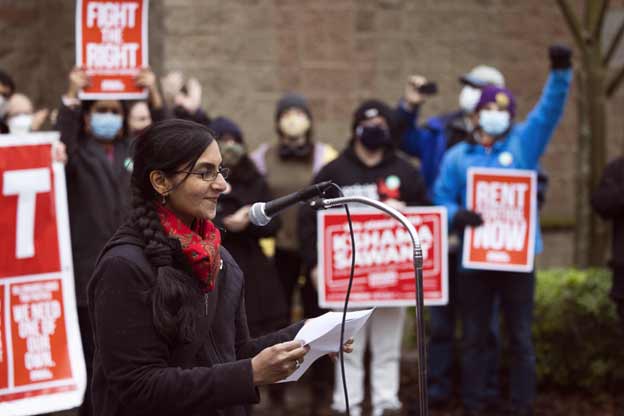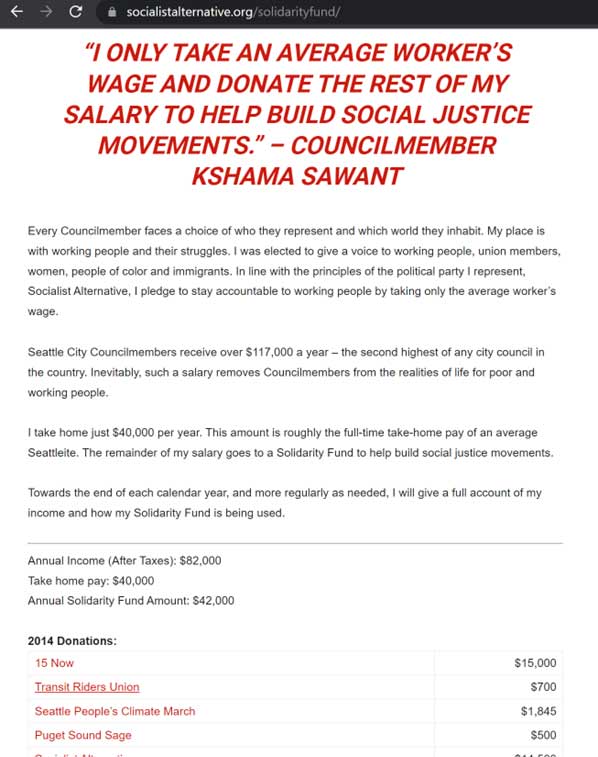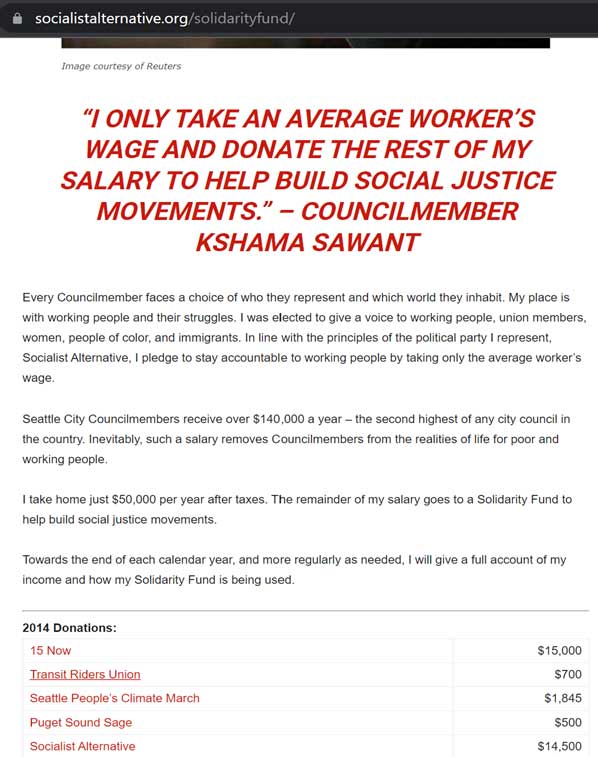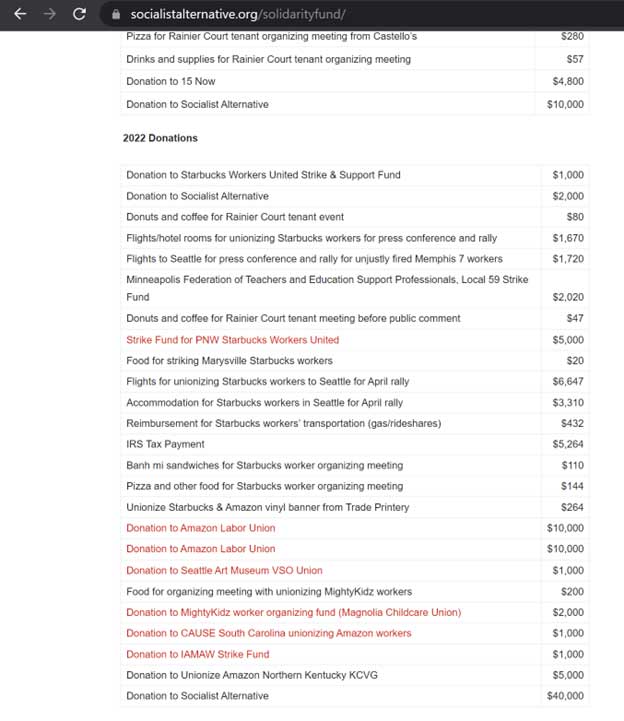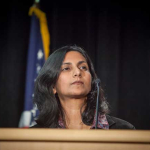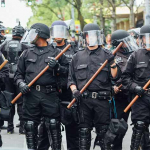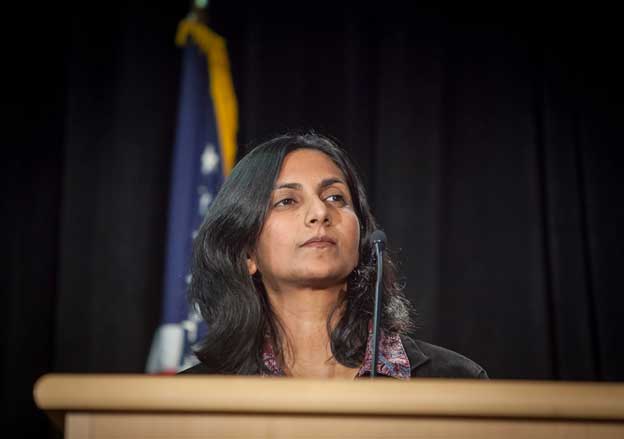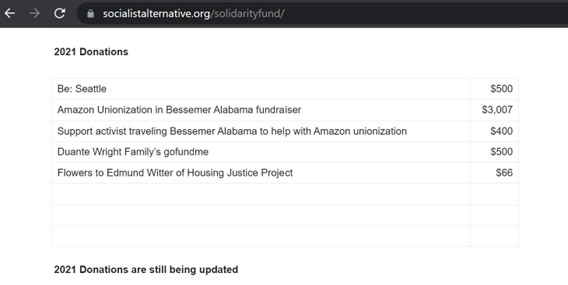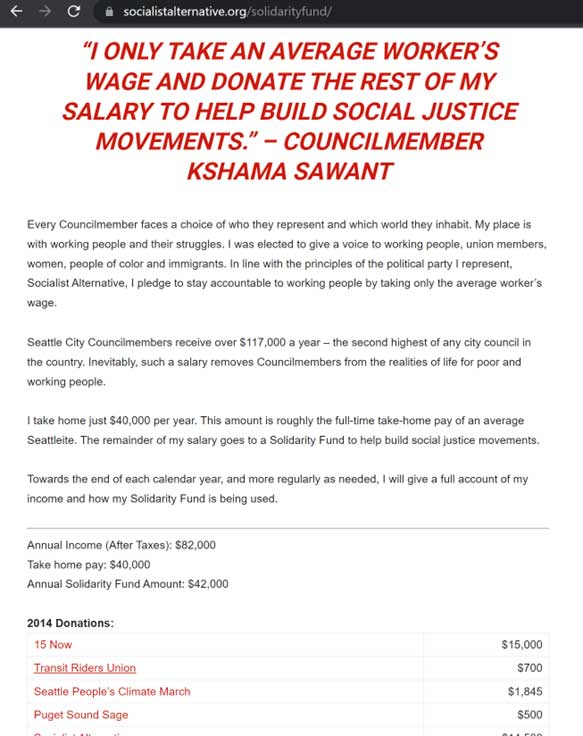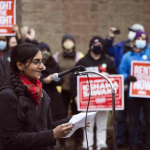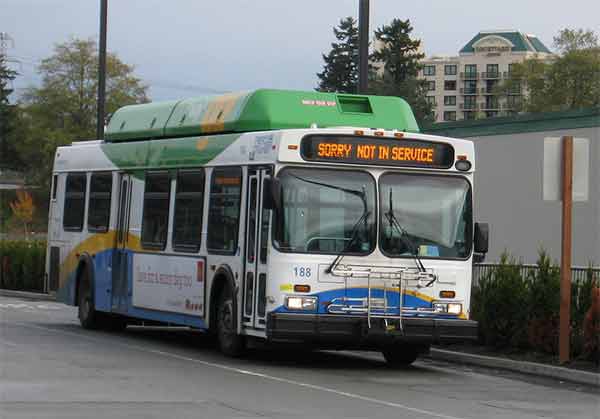Federal Wildland Firefighters Face Fiscal Cliff if Congress Doesn’t Fund Budget Proposal

Federal wildland firefighters, such as engine crews, hotshots, dispatchers, and aviators, will essentially receive a significant pay cut on October 1, 2023, when the two-year BIL funding “runs out” unless Congress approves the Biden-Harris administration budget package. In March the administration submitted to Congress the budget proposal for fiscal year 2024 which includes significant funding increases for federal and tribal firefighters’ pay, invests more in their mental and physical health and wellbeing, improves their housing options, and expands the number of permanent firefighters. These reforms build on the temporary pay increase provided by the Bipartisan Infrastructure Law (BIL), yet they require authorizing legislation by both the US House of Representatives and US Senate.
Grassroots Wildland Firefighters (GWF) would like to applaud Reps. Katie Porter (D-CA), Joe Neguse (D-CO), and Andy Kim (D-NJ) for their press conference Wednesday in support of the proposed funding package. At the conference, sharing her remarks GWF Executive Secretary Bobbie Scopa explained of firefighters that “they face a looming fiscal cliff, these brave women and men cannot help but contemplate their uncertain future in a profession that is already seeing critical shortages across the US.” Advocates cannot stress enough the importance that the package is funded intact in its entirety; it addresses many of the risks and demands faced by first responders – physical, mental, emotional, and fiscal.
“While we are grateful to President Biden and his administration for his support of wildland firefighters, our work will not stop with this funding package being signed into law,” said Luke Mayfield, President of Grassroots Wildland Firefighters. “These responders will continue to put their lives on the line as they serve the American public. And their families will continue to make difficult sacrifices in supporting them in this important work. This package is the anchor point for future reforms that are still needed such as better work-life balance.”
While the public may think a wet and snowy winter in the West means a quiet fire season, we are currently seeing devastating fires in New Jersey, Wisconsin, and other regions in the East which demonstrate that wildfires are not just a Western problem. Scientists in California said this week they predict the state will see 400,000 to 1 million acres burn before the season ends. “Wildfires are not going away,” said Mayfield, a former hotshot firefighter. “We are committed to ensuring this federal workforce is duly compensated and cared for so they may effectively and safely serve all citizens of the US.”

